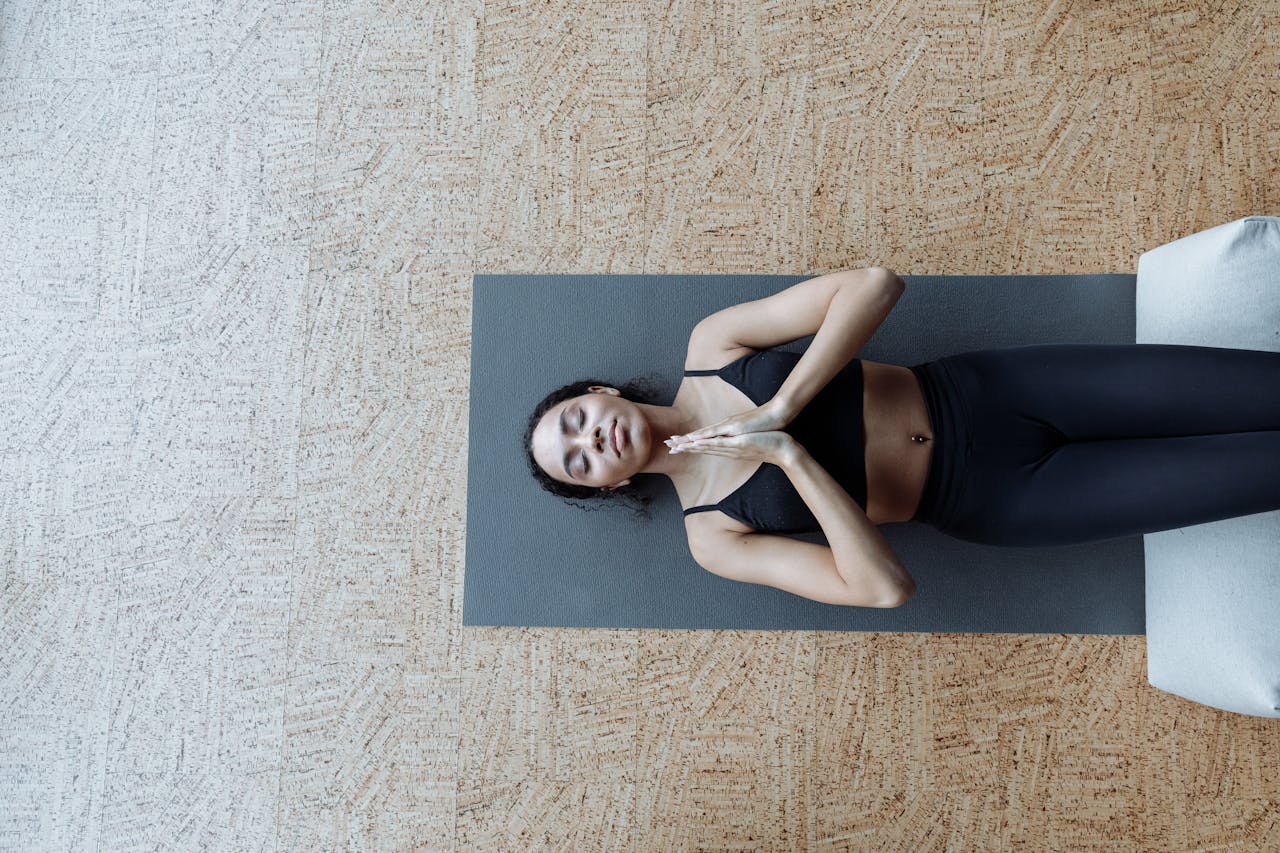Mental Health
Lying on the Floor May Reduce Stress, Anxiety and Pain

(Photo : Thirdman / Pexels)
In a bustling digital age where stress and anxiety often loom large, a simple yet unconventional practice is gaining traction: lying on the floor.
From Nupoor Christian in Hyderabad, India, who finds solace in daily floor sessions, to influencers like Laura Whaley and platforms like TikTok showcasing #floortime content, the trend is catching on worldwide.
"This instantly calms me, and helps me control my thoughts and put them at ease," Hyderabad told South China Morning Post.
While extensive research on the benefits of floor-lounging is lacking, anecdotal evidence suggests significant therapeutic potential.
Angela Hiu Wai-leung, clinical director of a physiotherapy center in Hong Kong, advocates for regular floor breaks to mitigate spine stress, echoing sentiments shared by enthusiasts like Erin Fika in Canada, who find relief from chronic pain and anxiety through floor exercises and meditation.
"Why don't we take more floor breaks during the day, when we can spend eight hours a night lying in bed or (on) the floor in some cultures?" Angela reportedly asked. "It is important to regularly switch positions by standing, sitting, walking, and lying on the floor to avoid stress on our spine."
"Callisthenics, yoga, and strength training can all be done on the floor. The slow and gentle movements have helped me to learn my limits and release tension through movement," 27-year-old Fika also said.
Yoga's shavasana, or corpse pose, exemplifies the mindful relaxation achievable on the floor, with practitioners like Edith Chan highlighting its physiological and psychological benefits.
"In this pose, the body can release tension, calm the mind, and enter a state of deep relaxation," Chan explained.
Psychotherapist Kunjal Shah also emphasized the value of floor-based mindfulness exercises in integrating new insights and fostering mental well-being.
"Integration is that part of the therapy process where we spend time getting the brain, nervous system, and muscle to absorb the (lesson)," Shah elucidated. "This works better when they are lying down, the open position making you more aware."
While safe lying positions exist, such as lying flat on the back or adopting the "crook lying" stance, practitioners emphasize individualized approaches and consultation with healthcare professionals.
Despite variations in practice, the appeal of floor time lies in its accessibility and versatility, offering a natural, easily accessible method for addressing emotional and physical distress.









Join the Conversation